With 27 Lateral Hires in a Month, Goldberg Segalla Makes Case It's 'Different'
'If somebody falls down, we want you to pick them up,' said the leader of Goldberg Segalla in explaining his fast-growing firm's appeal to so many lateral partners.
October 25, 2018 at 03:28 PM
6 minute read
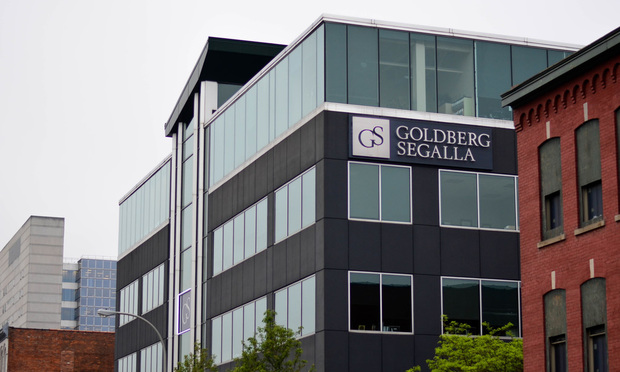 Goldberg Segalla's headquarters in Buffalo, New York.
Goldberg Segalla's headquarters in Buffalo, New York.
Goldberg Segalla has hired 107 lawyers in the past nine and a half months, said the man who should know, managing partner Richard Cohen.
He should know because Cohen interviews every new lawyer that joins the firm. In the past month alone, that's 27 successful interviews. On Thursday, Goldberg Segalla announced the hires of eight lawyers for its less-than-a-year-old offices in Los Angeles and Orange County, California, as well as another eight for its outpost in New York.
All of which raises a practical question: How does Cohen, who views his role as the “gatekeeper” of a firm that compensates its partners based on a wide-ranging, 11-point “leadership criteria,” even find the time to do all this recruiting?
“Quite frankly, I'm not sure,” Cohen said. “When you don't sleep much, you've got more hours in the day.”
Growth is not necessarily new for Goldberg Segalla, which focuses primarily on insurance defense work. Last year the firm, founded in Buffalo, New York, in 2001, broke into the Am Law Second Hundred, where it made its debut at No. 178 with $175 million in gross revenue. In just 17 years, a firm that started with seven lawyers, including Cohen, has grown to more than 400.
Cohen said he's “quite sure” it's the fastest any law firm in U.S. history has grown to 400 lawyers without a merger. This year, the largest “group” that Goldberg Segalla has hired from another firm consisted of four lawyers.
The firm's California hires added to its insurance, labor and employment and management and professional liability practices. Those additions include Peter Woo, now vice chairman of the firm's nationwide employment and labor practice group, and fellow partners Stephen Mazzara and David Choi. Woo and Mazarra came aboard from Lewis, Brisbois, Bisgaard & Smith. Choi joined from Collins Collins Muir + Stewart, along with three associates.
In New York, Goldberg Segalla added insurance coverage partners Marc Voses, Steven Nassi, Jeffrey Matty and Jared Greisman. Voses, Nassi and Matty were previously partners at Kaufman Dolowich & Voluck, while Greisman came from Fleischner Potash. The firm also hired workers' compensation partner Asher Labendz from LeClairRyan alongside two associates.
Cohen said Goldberg Segalla's fast growth has been a response to client demands. Its attractiveness to other partners, though, stems from a business model that Cohen said he and his partners learned from observing management mistakes at large law firms they previously worked at, such as Buffalo-based Saperston & Day, which merged in 2001 with Hiscock & Barclay. (Hiscock & Barclay is now known as Barclay Damon after another combination in 2015.)
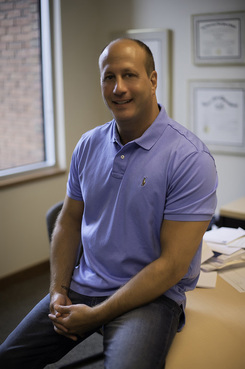 Goldberg Segalla managing partner Rick Cohen
Goldberg Segalla managing partner Rick Cohen“It's extremely important that the team be more important than the individual,” Cohen said. “Both the firms that I spent time at were full of very, very talented lawyers but I didn't think either firm had a philosophical or interpersonal alignment. And ultimately that is what does law firms in.”
Cohen said Goldberg Segalla manages for a team approach through, in part, its 11-point compensation system that takes into account more contributions to leadership than finding work and billing hours, which are themselves two points in the leadership criteria.
The criteria consist, Cohen said, of quality lawyering; general accountability; mentoring; growing the firm's brand; “credentialing” themselves or the firm; and other aspects.
“I'm not going to remember all 11 by rote memory, but each will contribute something different,” Cohen said. “We don't want 400 excellent trial lawyers who don't do anything else. And we don't want 400 business generators who don't do anything else. The reality is people have a better chance of succeeding if they are doing things they're good at and things they enjoy. And we're all good at different things, so it is up to the leadership of this firm to recognize what everyone has in their abilities and put them in position to use those skills.”
Goldberg Segalla's growth has come with some typical growing pains. Cohen said the firm's Manhattan office, which now has about 150 lawyers, has changed office space four times in the past seven years. (Goldberg Segalla now has space near Grand Central Terminal.)
The firm has also been involved in a dispute with a group of six former partners led by Daniel Gerber who left Goldberg Segalla's Buffalo headquarters in December 2017. The litigation between both parties was initially filed in upstate New York, but the contents of the dispute were largely sealed and the matter was quickly dismissed. Cohen said the dispute, which he said he could not provide specifics on, continues in private arbitration.
“The reality is that small group ultimately didn't fit in, and believed that they preferred to exist in a different environment,” Cohen said. “I'll wish them the very best.”
Looking ahead, Cohen said he expects Goldberg Segalla's Los Angeles office, which opened in January, to ultimately become as large as its presence in New York. Cohen expects the office, one of two that the firm has in Southern California, to have about 60 lawyers by the end of 2019.
Cohen said lawyers continue to be attracted to Goldberg Segalla by an atmosphere that is meant to lessen the amount of internal competition between its lawyers. He said the firm has not run into trouble with such a wide-ranging view of its lawyers' contributions.
“What we really want is people competing with themselves and not against each other,” Cohen said. “You're not standing taller because you knock over the person next to you. If somebody falls down, we want you to pick them up.”
This content has been archived. It is available through our partners, LexisNexis® and Bloomberg Law.
To view this content, please continue to their sites.
Not a Lexis Subscriber?
Subscribe Now
Not a Bloomberg Law Subscriber?
Subscribe Now
NOT FOR REPRINT
© 2025 ALM Global, LLC, All Rights Reserved. Request academic re-use from www.copyright.com. All other uses, submit a request to [email protected]. For more information visit Asset & Logo Licensing.
You Might Like
View All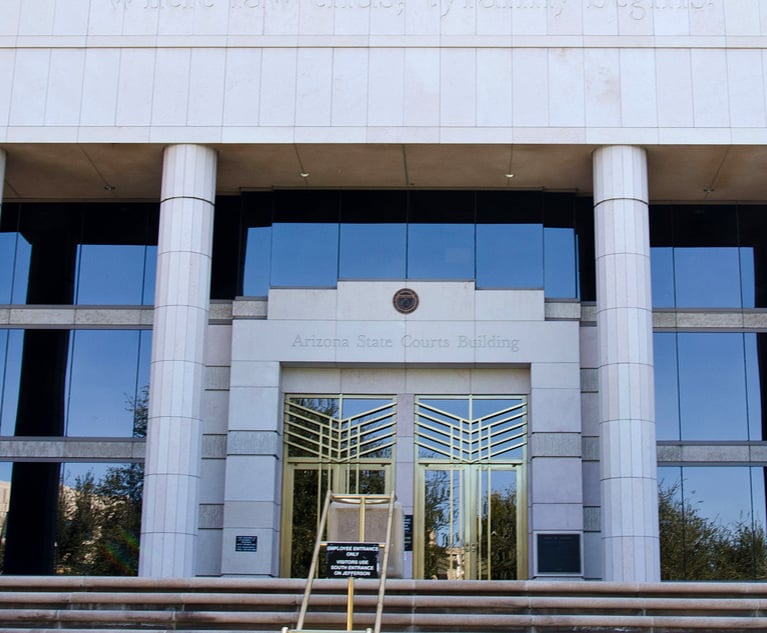
KPMG's Bid to Practice Law in U.S. on Indefinite Hold, as Arizona Justices Exercise Caution
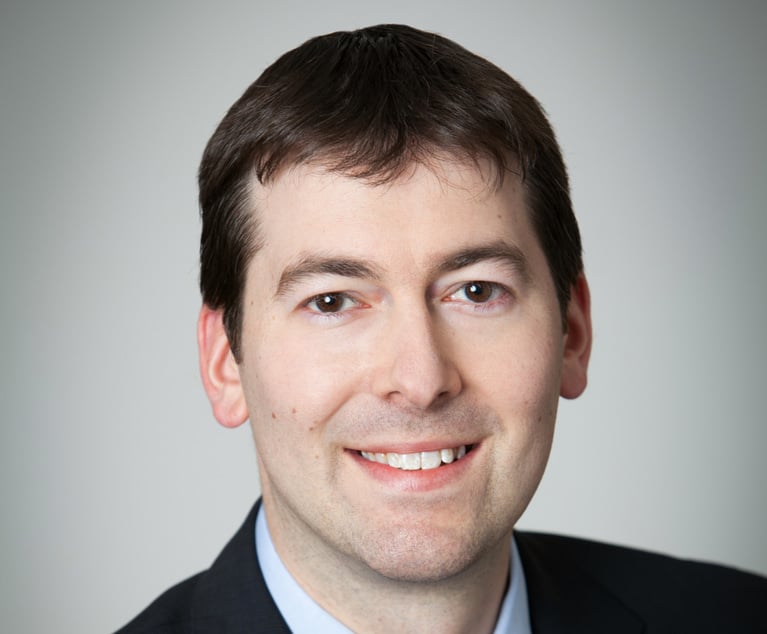
Orrick Hires Longtime Weil Partner as New Head of Antitrust Litigation
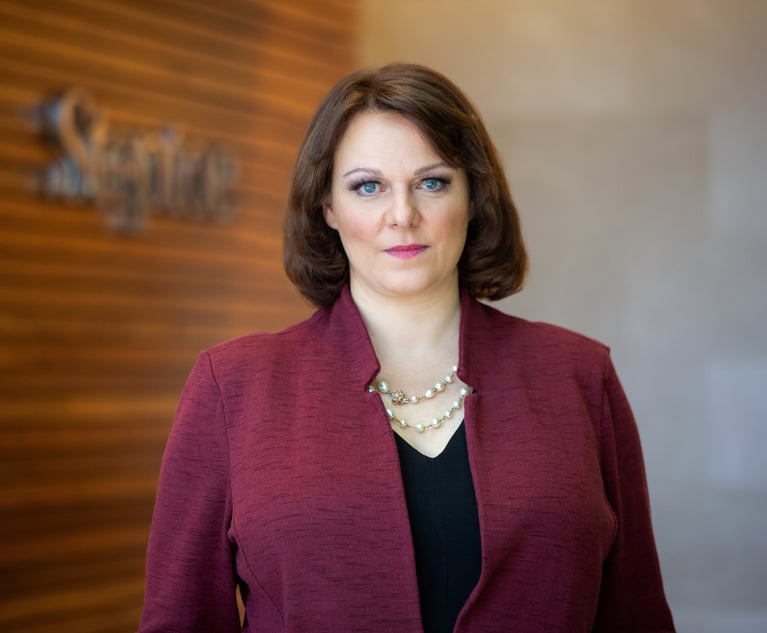

Sidley Adds Ex-DOJ Criminal Division Deputy Leader, Paul Hastings Adds REIT Partner, in Latest DC Hiring
3 minute readTrending Stories
- 1Gunderson Dettmer Opens Atlanta Office With 3 Partners From Morris Manning
- 2Decision of the Day: Court Holds Accident with Post Driver Was 'Bizarre Occurrence,' Dismisses Action Brought Under Labor Law §240
- 3Judge Recommends Disbarment for Attorney Who Plotted to Hack Judge's Email, Phone
- 4Two Wilkinson Stekloff Associates Among Victims of DC Plane Crash
- 5Two More Victims Alleged in New Sean Combs Sex Trafficking Indictment
Who Got The Work
J. Brugh Lower of Gibbons has entered an appearance for industrial equipment supplier Devco Corporation in a pending trademark infringement lawsuit. The suit, accusing the defendant of selling knock-off Graco products, was filed Dec. 18 in New Jersey District Court by Rivkin Radler on behalf of Graco Inc. and Graco Minnesota. The case, assigned to U.S. District Judge Zahid N. Quraishi, is 3:24-cv-11294, Graco Inc. et al v. Devco Corporation.
Who Got The Work
Rebecca Maller-Stein and Kent A. Yalowitz of Arnold & Porter Kaye Scholer have entered their appearances for Hanaco Venture Capital and its executives, Lior Prosor and David Frankel, in a pending securities lawsuit. The action, filed on Dec. 24 in New York Southern District Court by Zell, Aron & Co. on behalf of Goldeneye Advisors, accuses the defendants of negligently and fraudulently managing the plaintiff's $1 million investment. The case, assigned to U.S. District Judge Vernon S. Broderick, is 1:24-cv-09918, Goldeneye Advisors, LLC v. Hanaco Venture Capital, Ltd. et al.
Who Got The Work
Attorneys from A&O Shearman has stepped in as defense counsel for Toronto-Dominion Bank and other defendants in a pending securities class action. The suit, filed Dec. 11 in New York Southern District Court by Bleichmar Fonti & Auld, accuses the defendants of concealing the bank's 'pervasive' deficiencies in regards to its compliance with the Bank Secrecy Act and the quality of its anti-money laundering controls. The case, assigned to U.S. District Judge Arun Subramanian, is 1:24-cv-09445, Gonzalez v. The Toronto-Dominion Bank et al.
Who Got The Work
Crown Castle International, a Pennsylvania company providing shared communications infrastructure, has turned to Luke D. Wolf of Gordon Rees Scully Mansukhani to fend off a pending breach-of-contract lawsuit. The court action, filed Nov. 25 in Michigan Eastern District Court by Hooper Hathaway PC on behalf of The Town Residences LLC, accuses Crown Castle of failing to transfer approximately $30,000 in utility payments from T-Mobile in breach of a roof-top lease and assignment agreement. The case, assigned to U.S. District Judge Susan K. Declercq, is 2:24-cv-13131, The Town Residences LLC v. T-Mobile US, Inc. et al.
Who Got The Work
Wilfred P. Coronato and Daniel M. Schwartz of McCarter & English have stepped in as defense counsel to Electrolux Home Products Inc. in a pending product liability lawsuit. The court action, filed Nov. 26 in New York Eastern District Court by Poulos Lopiccolo PC and Nagel Rice LLP on behalf of David Stern, alleges that the defendant's refrigerators’ drawers and shelving repeatedly break and fall apart within months after purchase. The case, assigned to U.S. District Judge Joan M. Azrack, is 2:24-cv-08204, Stern v. Electrolux Home Products, Inc.
Featured Firms
Law Offices of Gary Martin Hays & Associates, P.C.
(470) 294-1674
Law Offices of Mark E. Salomone
(857) 444-6468
Smith & Hassler
(713) 739-1250










